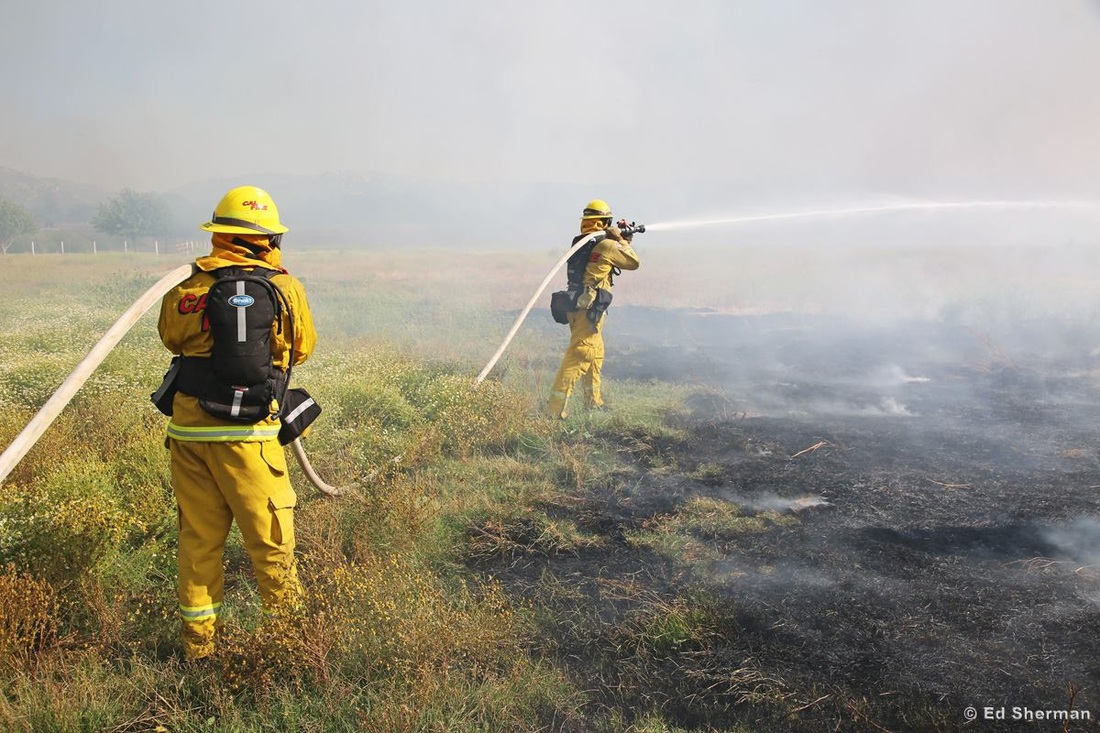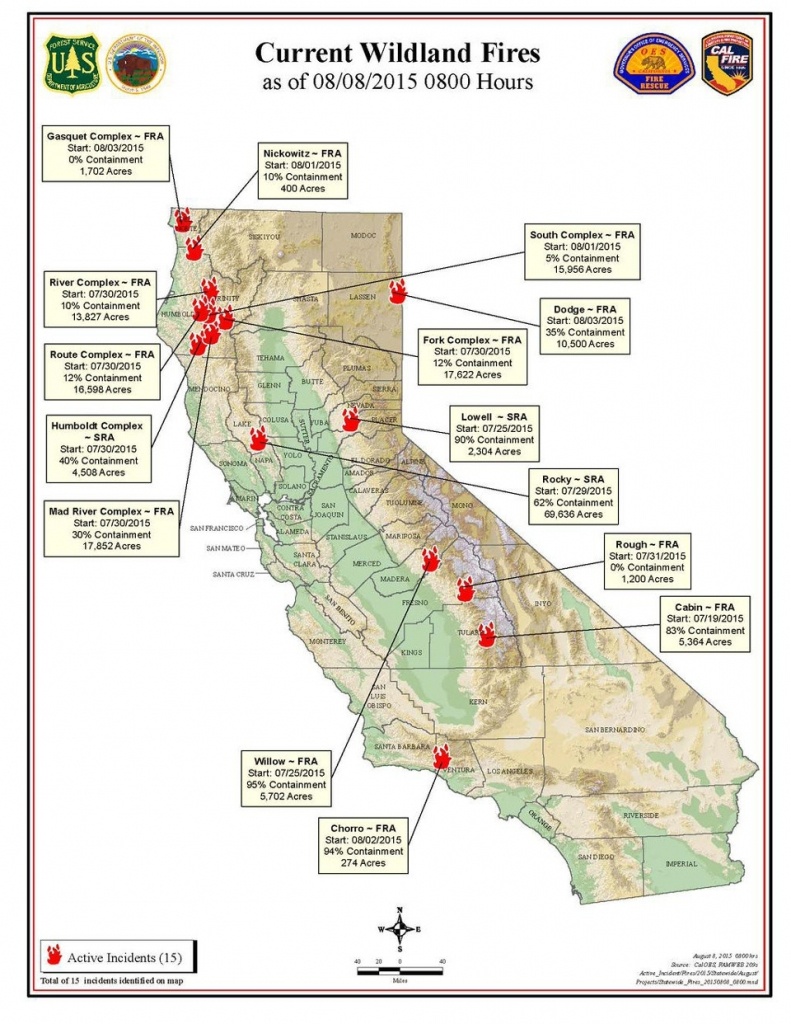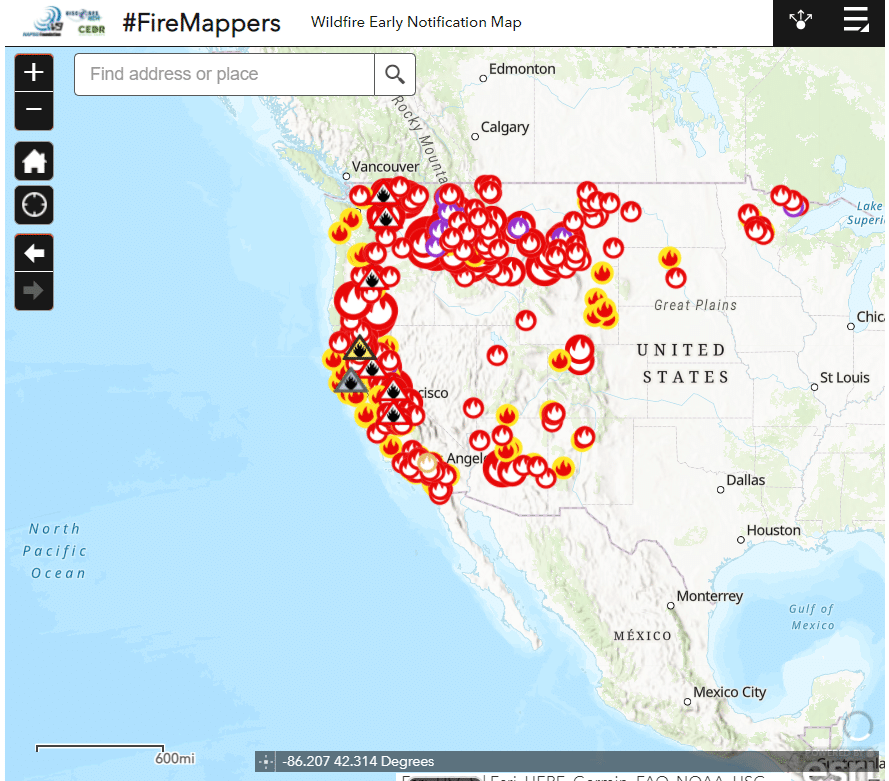

Unknown cause merged with the Dixie Fire on July 24Ĭaused by lightning 46 structures destroyed 1 structure damaged 6 firefighters injuredĬaused by lightning 52 structures destroyed 3 structures damagedĬaused by lightning 122 structures destroyed 2 structures damaged consists of 22 fires, of which the largest are the Haypress Fire, the Summer Fire, and the Cronan FireĬaused by lightning 1 firefighter fatalityĬaused by lightning 18 structures destroyed 4 structures destroyed Second-largest wildfire and the largest single (non-complex) wildfire in recorded California history Unknown cause 12 structures destroyed 2 structures damagedĬaused by contact between tree and power lines 1,329 structures destroyed 95 structures damaged 1 firefighter fatality 3 firefighter injuries. Human-caused, suspected arson 1 firefighter injuredĬaused by lightning 23 structures destroyed 1 structure damaged 6 firefighters injuredĬaused by hot material falling off of a vehicle 43 structures destroyedĬaused by lightning includes the Dotta Fire and the Sugar Fire 148 structures destroyed 23 structures damagedĬaused by lightning 25 structures destroyed 7 structures damaged The following is a list of fires that burned more than 1,000 acres (400 ha), or produced significant structural damage or casualties. This significantly lowered wildfire risk in the region.Īerial view from the northwest of the Tiltill Fire's smoke plume, just north of the Hetch Hetchy in Yosemite On October 18, 2021, much of the state-particularly Northern California, where the majority of the significant fires had been located-received its first major precipitation since the start of the wildfire season.

The USDA Forest Service temporarily closed all of California’s national forests at the end of August to mitigate the impact of potential fires. Īs of August 18, 2021, the state of California was facing "unprecedented fire conditions" as multiple fires including the Dixie Fire, McFarland Fire, Caldor Fire, and others, raged on. The state also faces an increased risk of post-wildfire landslides.

As of July 11, more than three times as many acres have burned compared to the previous year through that date, with drought, extreme heat, and reduced snowpack contributing to the severity of the fires. The 2021 wildfire season was exceptionally severe in California, although it did not approach the extent of the previous year's wildfire season, which was the largest season in the state's recorded history. The long term trend is that wildfires in the state are increasing due to climate change in California. The January fires were exacerbated by unseasonably strong Santa Ana winds, and some of them burned in the same areas as previous fires like the CZU Lightning Complex. In January 2021 alone, 297 fires burned 1,171 acres (4.74 km 2) on nonfederal land according to the California Department of Forestry and Fire Protection, which is almost triple the number of fires and more than 20 times the acreage of the five-year average for January.

The wildfire season in California experienced an unusually early start amid an ongoing drought and historically low rainfall and reservoir levels. Approximately 3,629 structures were damaged or destroyed by the wildfires, and at least seven firefighters and two civilians were injured. By the end of 2021 a total of 8,835 fires were recorded, burning 2,568,948 acres (1,039,616 ha) across the state.
#CAL FIRE INCIDENTS 2021 SERIES#
The 2021 California wildfire season was a series of wildfires that burned across the U.S.


 0 kommentar(er)
0 kommentar(er)
